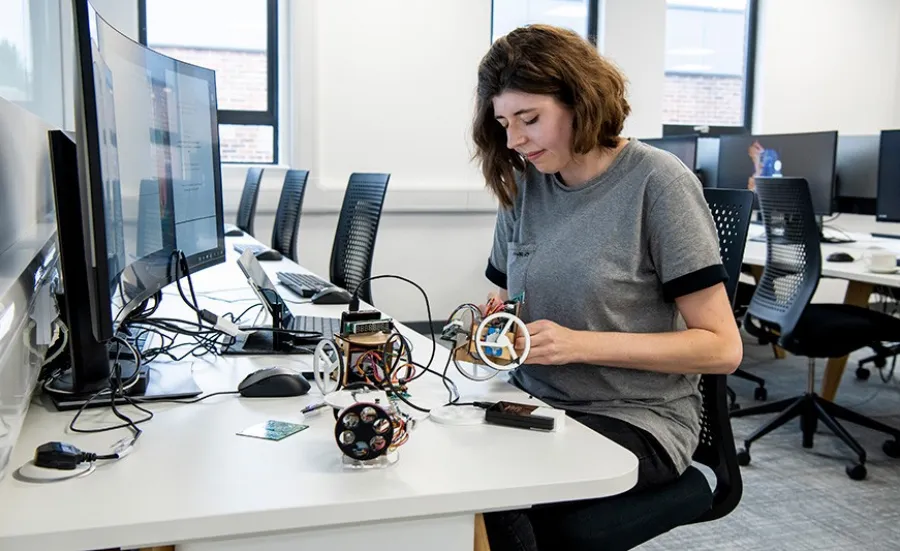Current research degree projects

Explore our current postgraduate research degree and PhD opportunities.

Explore our current postgraduate research degree and PhD opportunities.

Optical fibres can transport telecom signals over long distances. However, qubits or other quantum states such as multiple-entangled-photos are often generated at wavelengths where current optical fibres are unsuitable. There is an emerging class of new optical fibres pioneered in Southampton that could revolutionize transport of quantum signals and states.
Controlling nanoscale light−matter interactions will be foundational for advanced quantum nanophotonic devices, including optically/electrically pumped light sources, switches, modulators, and photodetectors. In this project we will engineer coupling of quantum emitters, such as quantum dots, atomic defects in 2D materials or Moiré superlattices, to metasurfaces for future monolithic chips with indistinguishable emitters.
Spin-based quantum sensing converts tiny quantum signals into detectable responses by aligning microscopic spins, for example in diamond nitrogen-vacancy centres. Can this alignment be exploited to amplify responses in other systems? This project addresses that question—theoretically and experimentally—via novel transfer protocols utilising periodic control fields and Floquet-engineering methods.
This project will develop the core components of superconducting, photonic and atom/ion trap quantum systems using ultra-precision diamond machining. The project will work with leaders in the field (academia and industry) to create vacuum systems with integrated photonics and electrical functionality.
As AI becomes increasingly pervasive, there is growing demand for systems that are faster, more intelligent, and more efficient. Semiconductor technologies are providing new opportunities, but each with system-level implications. This research project with imec-UK will investigate how full-stack hardware-software-model optimisation can be harnessed to enhance inference efficiency and sustainability.
To develop reliable satellites “quickly and affordably”, small satellite missions accept higher risk, learning from failures across generations with risk assessment relying on individual team experience. This makes it almost impossible to achieve a general risk framework for this class of satellite. This research will apply Artificial Intelligence to analyse past small satellite missions to develop a global risk assessment framework.